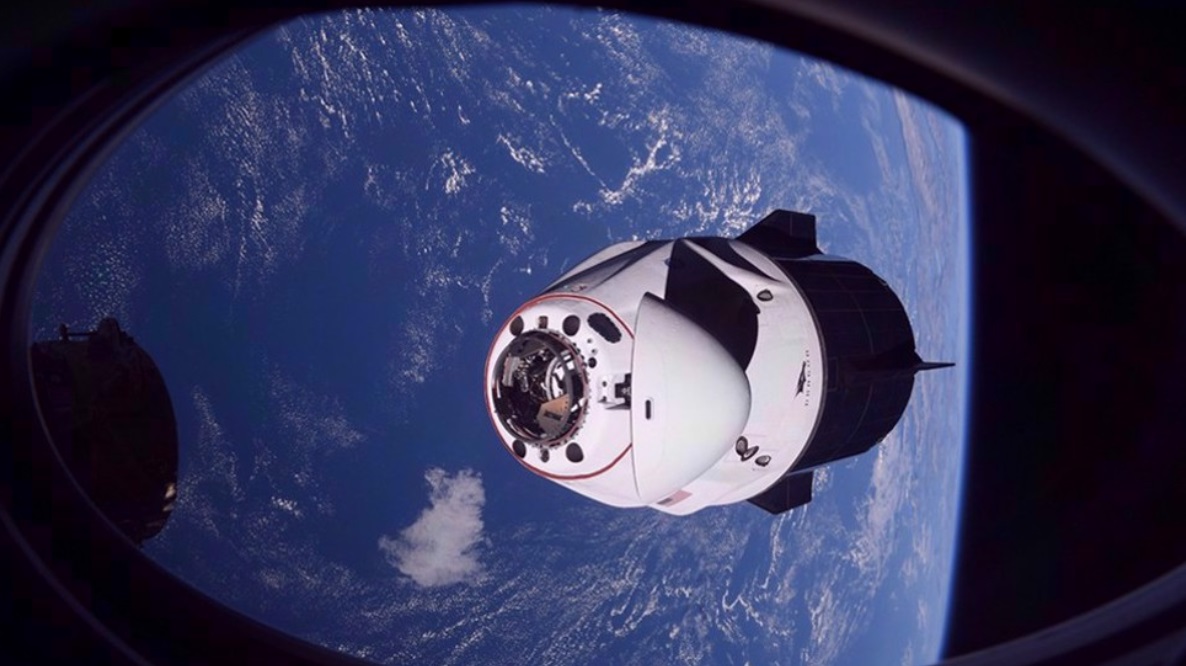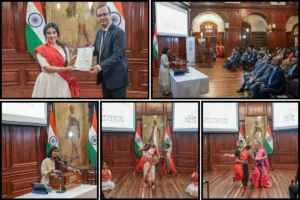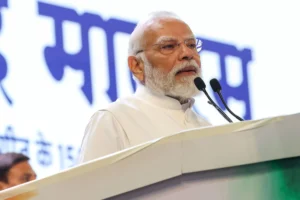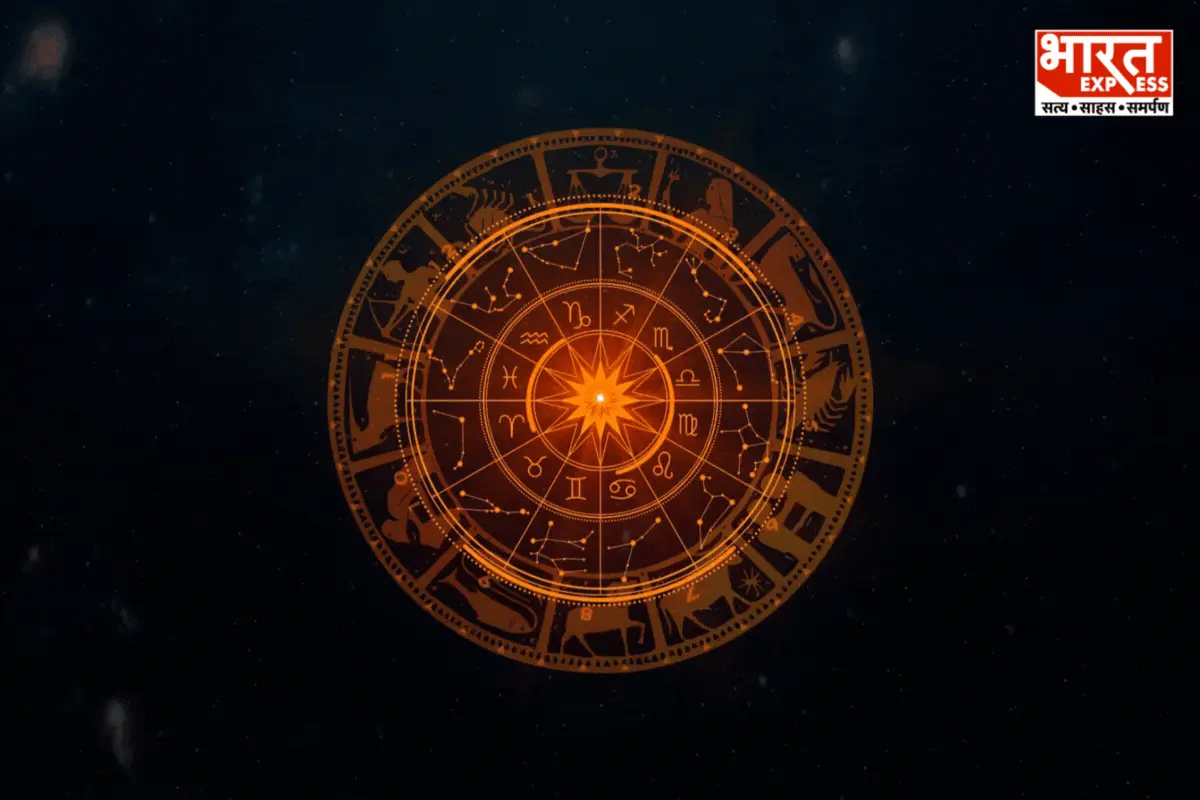
America considers China as the rival numero uno in the space arms race. US General says this country is the most challenging threat. The US Chief of Space operations also says “Space is important to the modern fight.”
General Saltzman lists technologies including ground-based directed energy, anti-satellite missiles, along with orbit interception capacities.
There is a “fundamental change” in last few years and the reason is the growing arms race in space. The US general also signals out China as the “most challenging threat”, after Russia.
General Bradley Chance Saltzman explains his point of view by saying, “We see a whole mix of arms being produced by the strategic competitors of America.”
The US Space Mission chief says “No doubt, the most challenging threat is China but it is Russia also at the same time.” Speaking with media lately on the sidelines of the Munich Security Conference, he listed technologies including ground-based directed energy, anti-satellite missiles, and orbit interception capacities also.
“Space as a contested domain looks fundamentally changed now. The space operation character has to shift, and that’ s mostly due to the weapons (China) and Russia are busy testing as well as operationalizing too.”
Keeping in view the surging US-China tensions, the US Space Mission Chief’s words carry even more weight. On the other hand a tense exchange of words was witnessed in Munich between Beijing’s top diplomat Wang Yi and Secretary of State Antony Blinken over the suspected Chinese spy balloon.
Wang was warned by Blinken that China must not repeat such an “irresponsible act” of sending balloons over American airspace, while Wang replied by saying, Washington’s reaction — we shot the craft down — had also damaged the relations between the two nations.
Read this also: “Let’s Walk In And Take A Look,” Biden’s Surprise Visit From DC To Kyiv Without Anyone Noticing
The space arms race is a well-known phenomena now in the global dais. Almost 38 years ago in 1985, the Pentagon used a missile to destroy a satellite in a test. And from this point on, the United States’s rivals are trying to show they can compete — the same was done by China in 2007, and India in 2019.
To read more such news, download Bharat Express news apps






















